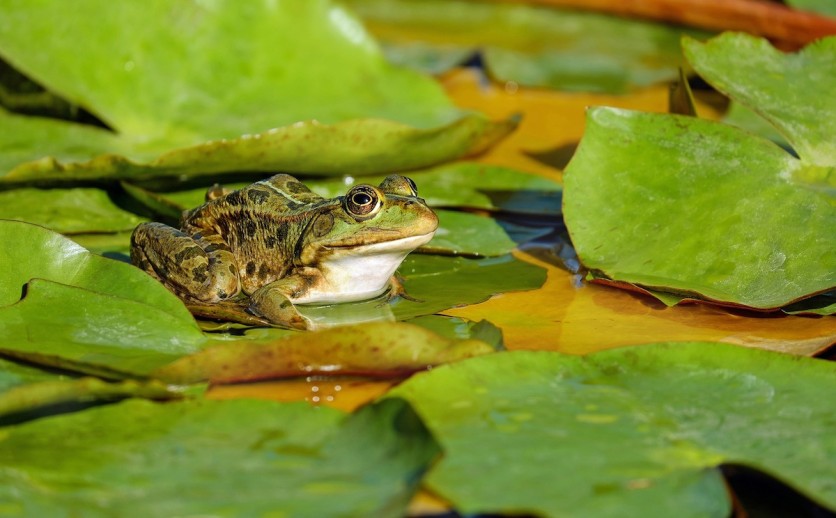Indonesia's lush islands continue to reveal their secrets, and the latest discovery is bound to captivate nature enthusiasts.

World's Smallest Fanged Frog
A recently identified species of frog, known as Limnonectes phyllofolia, has earned the title of the world's smallest fanged frog. Interesting Engineering reported that its distinctive characteristics and behaviors set it apart from the ordinary frog population.
In the vast tapestry of amphibian diversity, which encompasses over 6,000 species, it's intriguing to note that some frogs boast fangs. However, it's essential to dispel any notions of danger associated with these tiny teeth.
Unlike venomous snakes, frogs with fangs do not employ them for harmful purposes towards humans. Instead, the fangs serve various functions, such as tearing through the tough exoskeletons of prey, such as centipedes, or establishing dominance by warding off rival frogs from their territories.
Phys reported that the research team responsible for this exciting discovery noted that Limnonectes phyllofolia stands out not only for its petite size but also for the unique nesting habits that have earned it the affectionate moniker "leaf-nester."
Unlike the majority of frogs, these remarkable amphibians break tradition by choosing not to lay their eggs in water. Instead, they opt for unconventional nesting sites, such as tree leaves or moss-covered boulders situated away from aquatic environments.
Adding Extra Layer to the World of Amphibian Biology
EurekAlert reported that this departure from the norm adds an extra layer of fascination to the world of amphibian biology. The unearthing of L. phyllofolia unfolded during an expedition led by a collaborative team of Indonesian and American researchers.
Their exploration took them to Sulawesi, an enchanting Indonesian island renowned for its rich culture, exotic spices, pristine beaches, and the presence of diminutive insect-eating primates known as tarsiers.
Traversing the jungles of Sulawesi, the researchers encountered a scene that added an extra layer of uniqueness to this discovery. Male leaf-nester frogs were spotted in close proximity to eggs carefully laid on tree leaves and boulders.
What caught their attention was the apparent embrace of the eggs by the frogs, as if they were cradling them.
The frogs' skin secreted a sticky compound, which not only kept the eggs moist but also served as a protective shield, preventing the onset of bacterial or fungal growth within the eggs, as proposed by the researchers.
Also Read : City Frog Calls More Attractive To Females Compared To Frogs From Less Urban Environments
It's crucial to note that frog fangs differ significantly from the true fangs found in venomous and non-venomous snakes, as stated in the journal PLoS ONE.
Unlike the dentin-based composition of snake fangs, frog fangs are an extension of their jawbone, devoid of dentin. Essentially, these structures are not teeth but rather bony extensions resembling teeth, aptly termed "pseudo-teeth."
The recently uncovered frogs possess fangs composed of bone, and notably, these fangs lack the imposing size characteristic of larger fanged frogs. This unique anatomical feature sets them apart in the realm of amphibian morphology.
Related Article : Biologists Discover SHOCKING Jellyfish Trait to Frogs and Salamanders Through UV Light!

![Apple Watch Series 10 [GPS 42mm]](https://d.techtimes.com/en/full/453899/apple-watch-series-10-gps-42mm.jpg?w=184&h=103&f=9fb3c2ea2db928c663d1d2eadbcb3e52)



